Portraits of Asia

Karen Hill Tribes living along the border with Myanmar in Thailand, The Padaung members of the Burmese Karen are also known as the Padaung or "long-necks" because of the heavy brass rings they wear around their necks. How they came to be "long-necks" is the stuff of legend. Long ago, the headman of the tribe had a dream in which he was told that a tiger was going to kill one of the children in the village, a child that had been born on a Wednesday. Since tigers kill their victims by first breaking their necks, the headman decreed that all children born on a Wednesday should wear heavy brass rings round their necks.
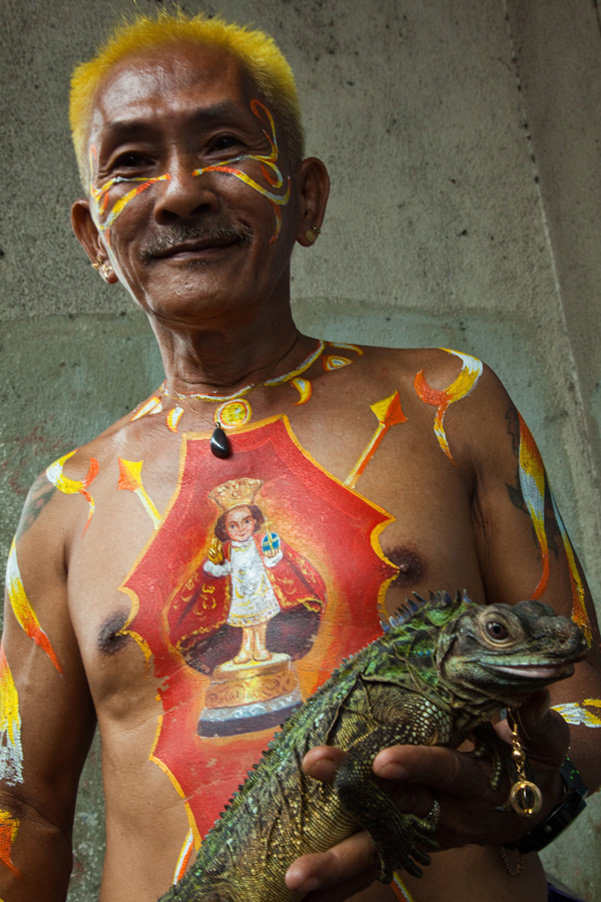
Man with his Iguana and body painting of Santo Nino the local patron saint of Cebu. Like the image's counterpart in Prague, the figure is clothed in expensive textile robes mostly donations from fervent devotees in the Philippines and abroad. The statue is the oldest Catholic relic in the Philippines and permanently housed since 1565 at the Basilica Minore del Santo Niño in Cebu City.
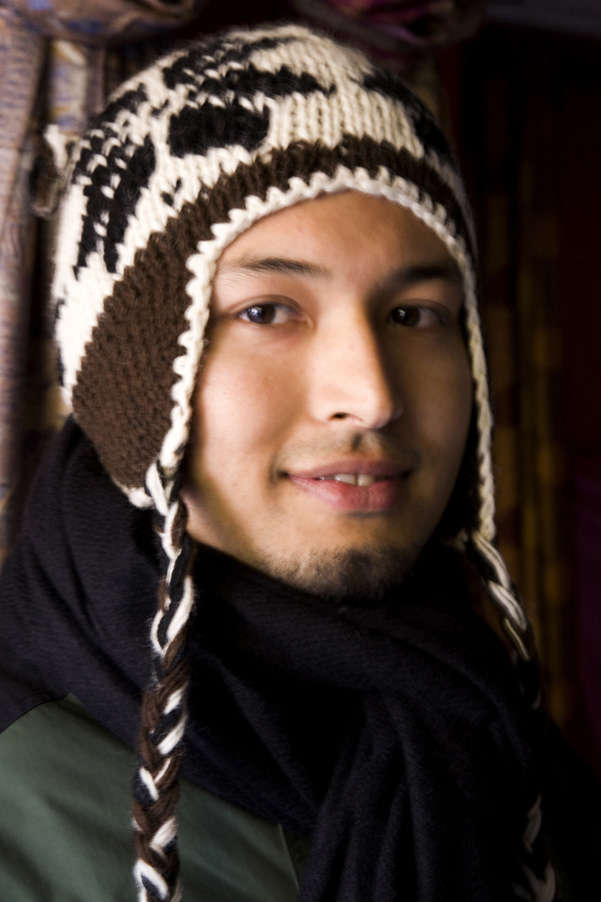
Nepalese Man in a Sherpa Hat - The population of Nepal is made up of diverse ethnic groups lncluding the Newar, Sherpa, Thakali, Tamangs, Tibetans and the Gurung. Nepal is meeting place of Indo-Aryan peoples from the Indian subcontinent as well as the Mongoloid people of the Himalaya regions.
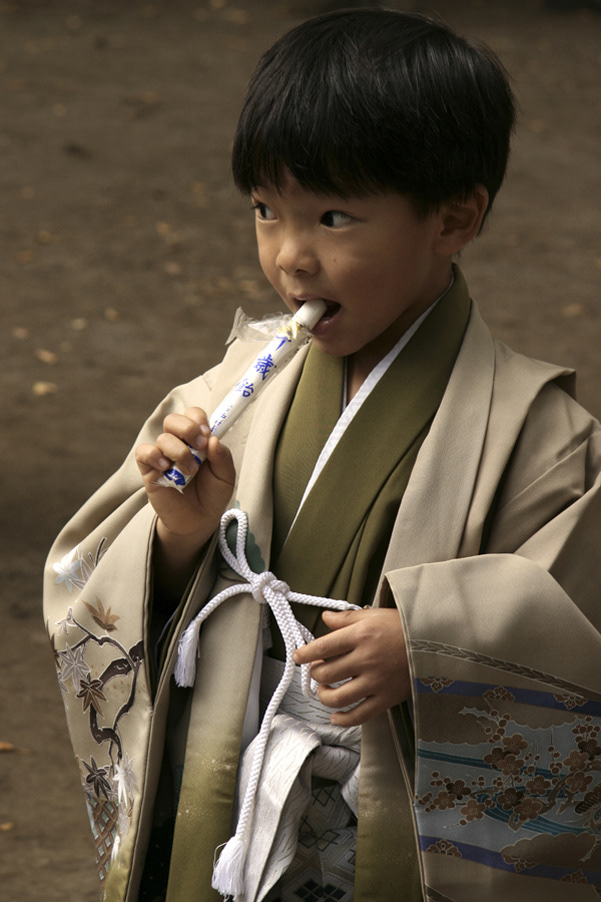
Japanese boy at Shichi-Go-San, literally seven-five-three, a traditional rite of passage in Japan held annually on November 15. The event is not a national holiday, so it is often observed on the nearest weekend and these days througout November. Boys who are aged three or five and girls who are aged three or seven are dressed in kimono, usually for the first time, for visits to shrines.
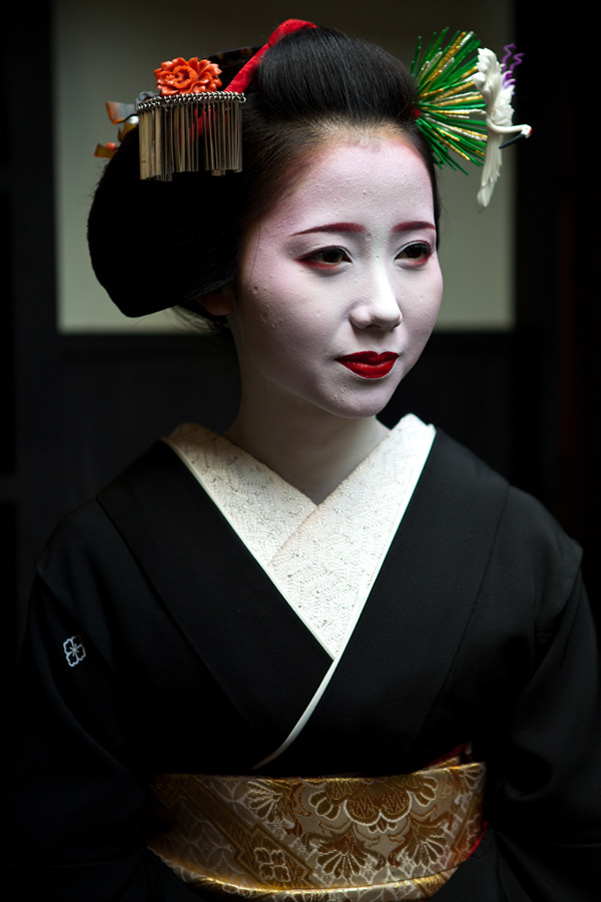
Apprentice geisha are called maiko literally "dance child". It is the maiko, with her white make-up and elaborate kimono and hairstyle, that has become the stereotype of a geisha to Westerners. Geiko as they are called in Kyoto (Geisha elsewhere in Japan) are traditional, female Japanese entertainers whose skills include performing various Japanese arts such as classical music and dance.

Saddhu Portrait - In Hinduism, sadhu is a common term for an ascetic or yogi who has given up pursuit of the first three Hindu goals of life: kama (enjoyment), artha (practical objectives), and dharma (duty). The sadhu is dedicated to achieving the fourth and final Hindu goal of life - liberation through meditation. Sadhus usually wear ochre colored clothing, symbolizing renunciation
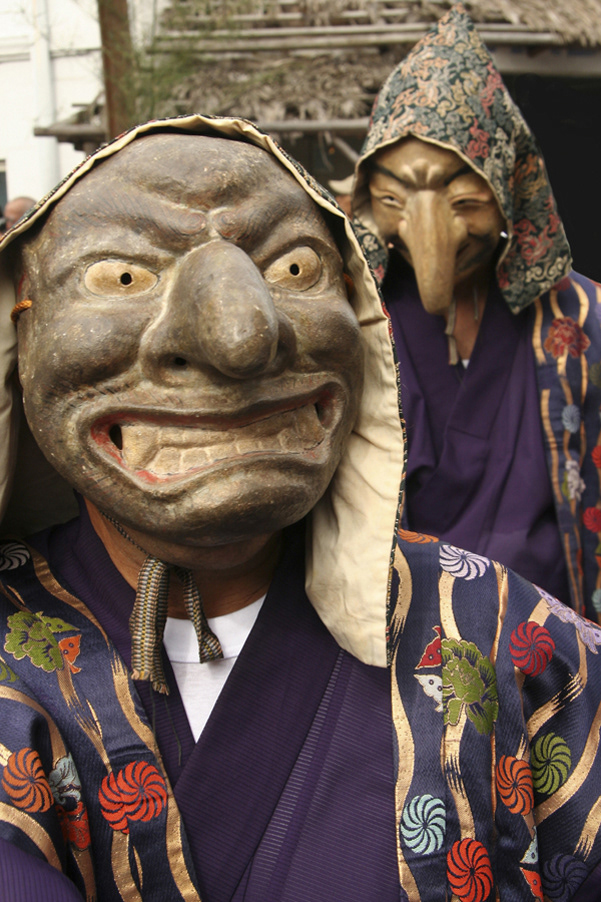
Mengake Mask Procession - Mengake or Masked Parade at Goryo Jinja shrine. At this festival a group of ten people take part in this annual ritual: 8 men and 2 women. Wearing grotesque or comical masks leave the shrine and parade through the nearby streets accompanied by portable shrine and festival music.
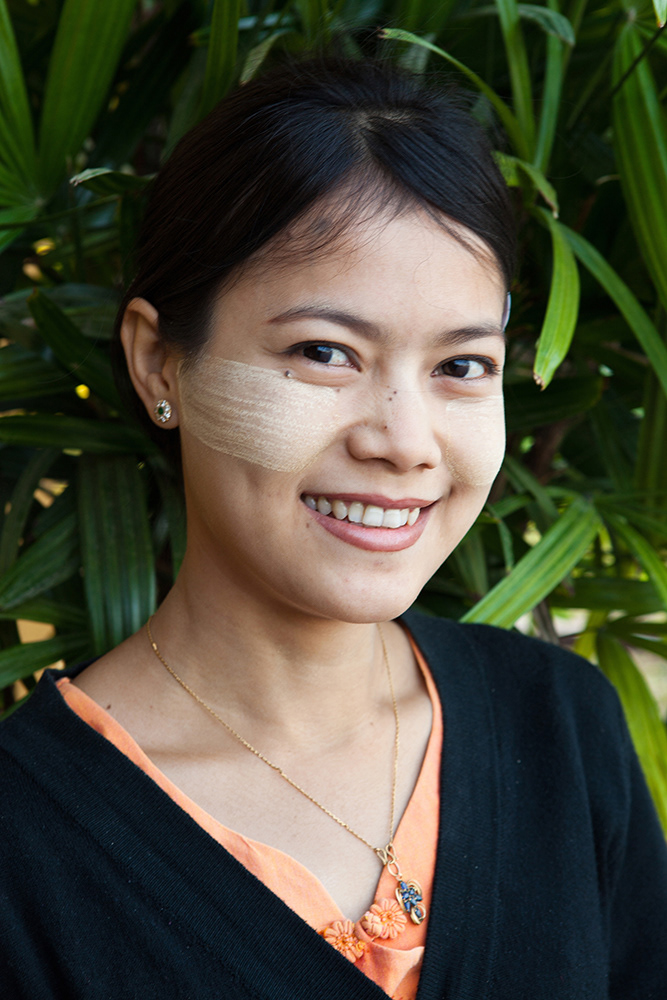
Thanaka also spelt thanakha is a yellowish white cosmetic paste made from ground bark. It is a distinctive feature of Myanmar commonly applied to the face of women and girls and to a lesser extent men and boys.
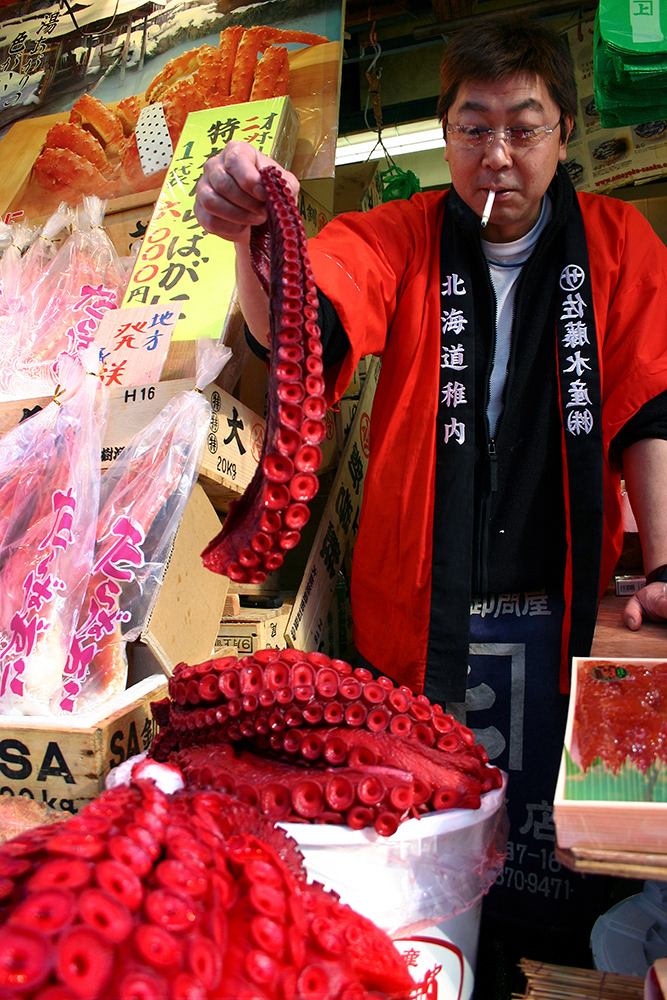
Octopus Vendor at Ameyoko Market, Tokyo. Ameyoko or Ameyocho as it is sometimes called was once Tokyo's black market district. Nowadays it is given over to selling knockoff designer jeans, sunglasses, bulk food items, fish and just about anything you can think of. It is liveliest at night with spillover passengers from nearby Ueno Station.
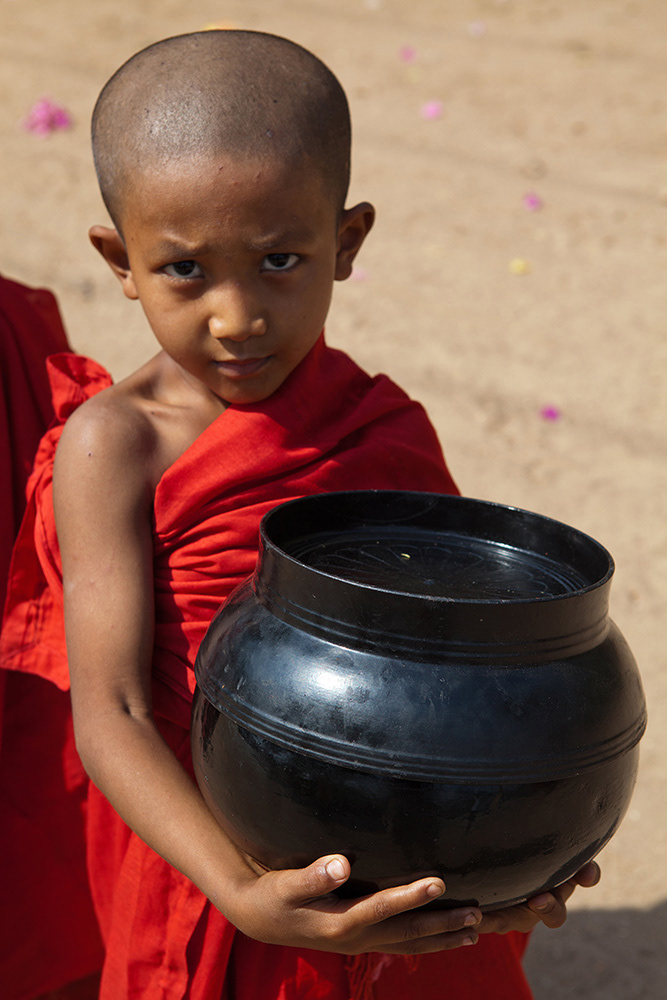
Nearly all Burmese boys become novice monks usually between the ages of 10 and 20. All things possessed by novice monks must be offered by the community. The only things allowed to keep are robes, a cup, an umbrella and an alms bowl.
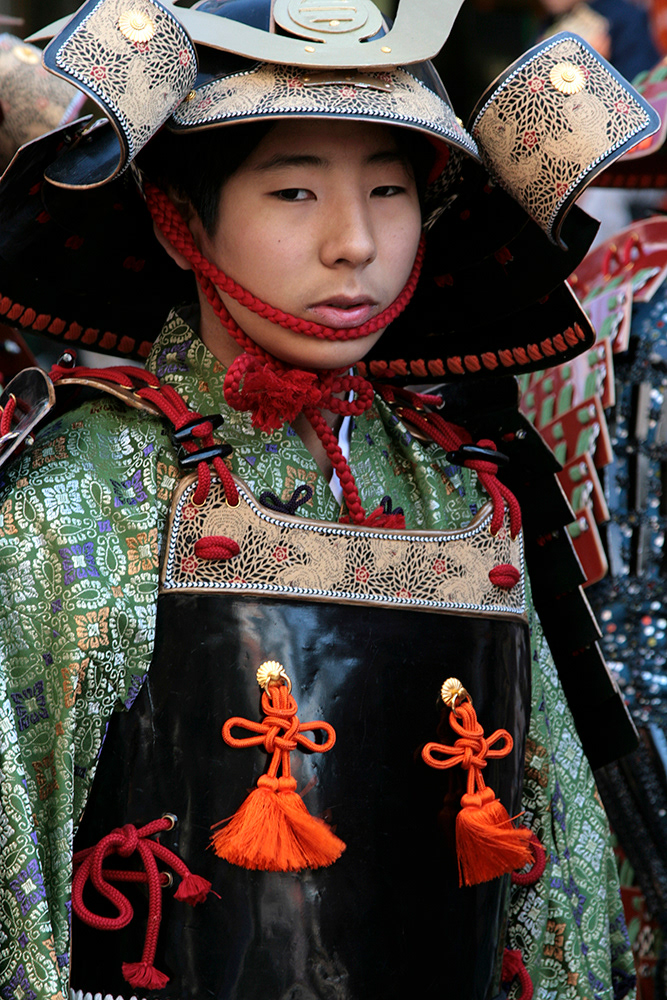
Young Japanese boy kitted out in samurai gear. Samurai is the term for the military nobility of pre-industrial Japan. The samurai followed a set of written rules called the Bushido. Samurai teachings can still be found today in modern day society especially in the world of Japanese martial arts. Various samurai re-enactments are held throughout Japan, with lots of attention to detail in costumes and demeanor - not all that much changed since the 12th century.

Food in the Philippines usually means fresh seafood. Here a Filipino chef shows off his catch of the day - a giant yellowfin tuna caught by one of the local fishermen and delivered fresh to the door of the restaurant.
